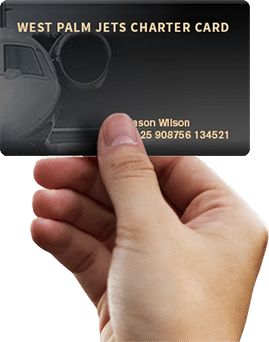
Weather is a crucial part of planning any flight. The flight crew has to work with the crew and aircraft operators when choosing the route, planning an itinerary and calculating the flight with the use of weather planning tools and systems. They also have to take the weather situation for all flights into consideration to optimize the flight time and ensure the safety in the residents. There different weather elements that can affect a flight, they range from sun, wind strength, heat, and much. Some of them will be discussed below.
ICE AND SNOW
Ice & snow is a major challenge for jet flights in cold weather especially when they’re on the ground. Most Aircraft are designed to adapt to harsh cold weather and snowfall when in the air. The airplanes are meant to adopt a temperature of -80C to -100C above 30,000 feet regularly.
Therefore, when it comes to ice and snow as a weather effect, the biggest problem is the condition of the taxiway and runaway at the airport, and the de-icing of the aircraft before the flight. The process is called de-icing, a safety and legal requirement for all jet flights. De-icing is an additional cost and therefore must be discussed with the clients before the flight. Airline flights are affected by snowfall more than private jets since the private jets can use smaller airports where they can de-ice and clear the snows. Sometimes flights are grounded due to extreme snow; the private charter will indicate the flight can reduce to normal whereas the schedule may take days to recover.
WIND
The speed and direction of the wind can drastically change the flight time for the same location. For example, a tailwind that pushes the aircraft forward will increase the ground speed of the plane and reduce the journey while the headwind does the opposite and reduce the ground speed of the plane and long the journey.
These time differences are mostly noticed in the transatlantic flights. This is caused by the jet streams; they are strong western winds that that blows in the earth upper atmosphere (the altitudes used mostly by aircraft. The packet of fast moving air forms a tube called jet streams.
Aircraft are tested and built to withstand high winds which can be a factor in turbulence journey. Crosswinds also determine the ease of taking off and landing. Most airports locate their runaway in the opposite directions of the cross winds, therefore, making flight easier.
SUN
An aircraft can operate in perfect condition at a sunny weather and hot temperatures. The issue is the high air temperature; it tends to change the performance of the aircraft. The difference between hot air and thin air tends to affect the output of the device engines. That’s not all; it also tends to change things like the aerodynamic capability, reduce the climb performance & maximum payload, and increase the required runaway distance.
The pilots can use a higher engine thrust when the weather is hot therefore it is rare for flights to be grounded due to the heat. No matter how hot or cold the temperature is outside, the temperature of the cabin is always determined by the passenger.
RAIN
Rain is only considered as a vital weather condition to aircraft when it is mixed with heavy wind. This combo can cause a significant issue to flight planning; it can even lead to a change of route or delay in flight when it is extreme.
The key feature to consider is visibility. At a high cruising speed, the airflow helps to clean the windshield although the pilot will need a clearer view when landing or taxing on the ground at lower speed. Some private jets use a windshield wiper while smaller aircraft use a high-pressure air system that blows rain off the windscreen. Other manufacturers use a Gulfstream or a hydrophobic windshield coating that repels water.
FOG
The greatest threat that the fog posses to aircraft are reduced visibility which can in turn delay flights. Most aircraft auto-land autopilots that lands planes with little or no visibility, therefore, the air traffic delay happens during the take-off phase.
There are a Low Visibility Procedures (LVP) that the aircraft takes when the profile of the airport is below 1,500m. The importance of this system is to reduce the risk of incident or accidents occurring while minimizing the number of aircraft taxiing and taking off.
The Fog is usually variable and sometimes patchy. Some of the areas at the airport may be affected while some are not. Therefore, there may be last minute changes for a jet flight just like the snow. There is also a chance of re-routing the flight which may not be available to open airlines.
Disclaimer: All Aircraft And Air Carriers Selected By West Palm Jets are fully Certified by The Federal Aviation Administration and The U.S. Department of Transportation under part 135 regulations. Carriers are Solely Responsible for The Air Transportation Arranged on Behalf Of West Palm Jets’ Clients. West Palm Jets Does not OWN or Operate Any Aircraft. West Palm Jets is not a direct or indirect Air carrier. All flights chartered through West Palm Jets are Operated by Part 135 Air Carriers.





